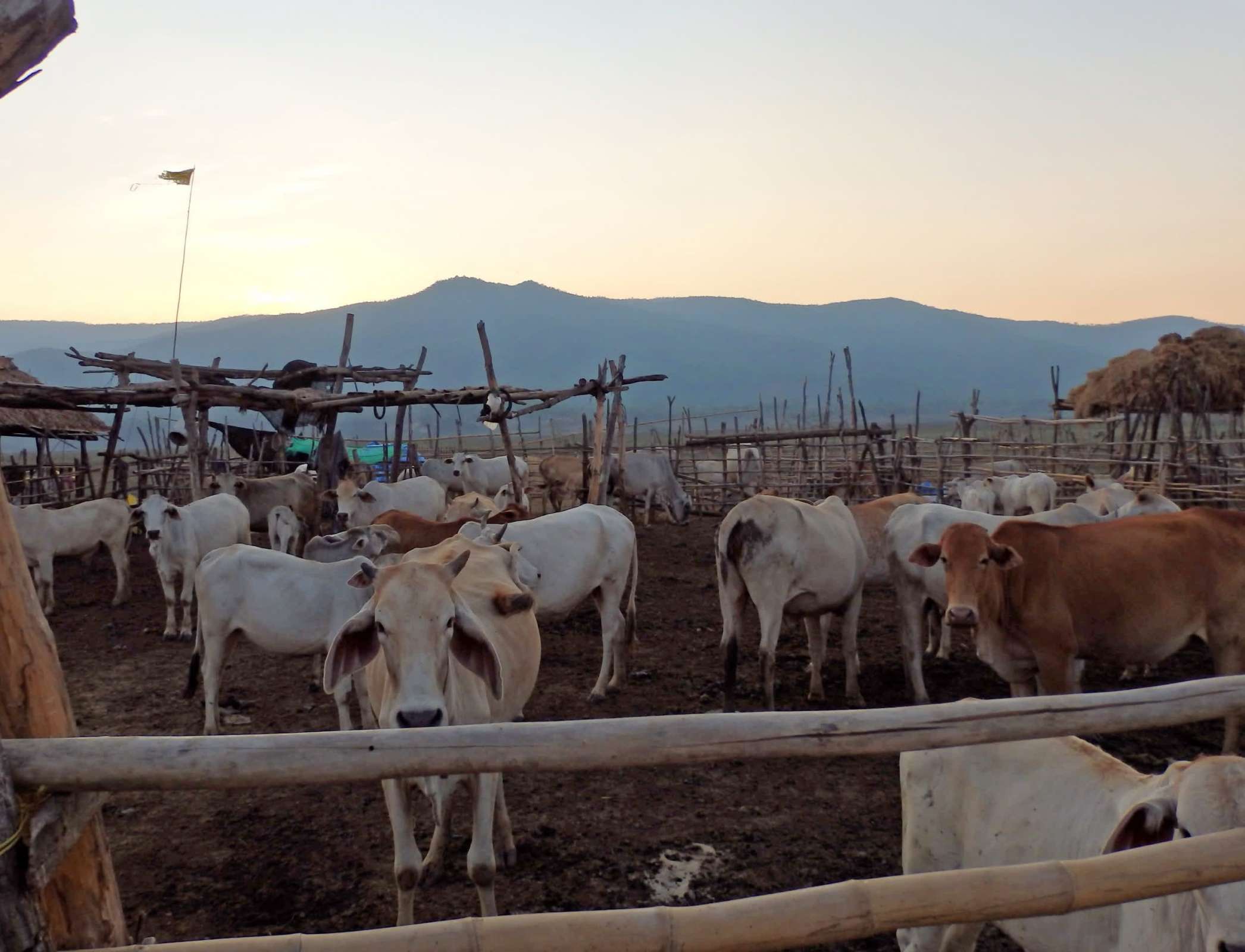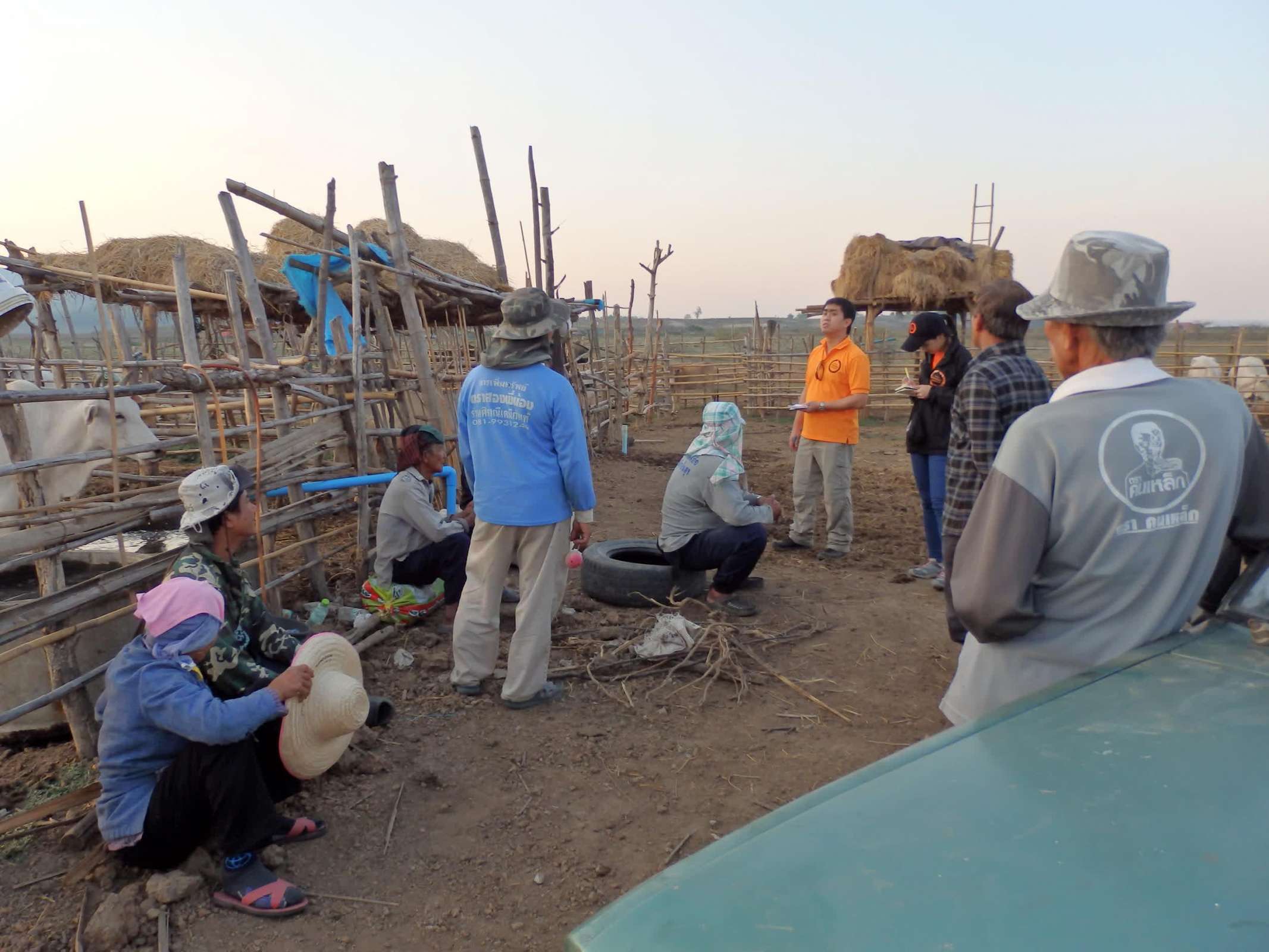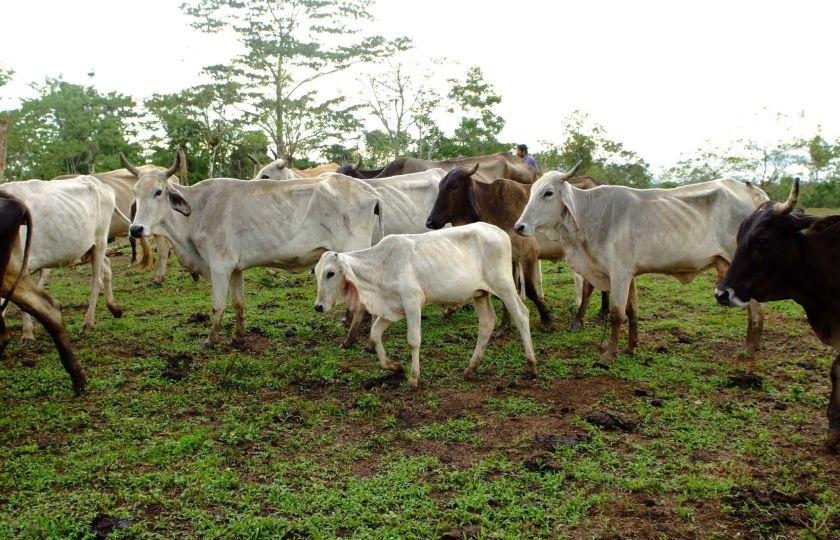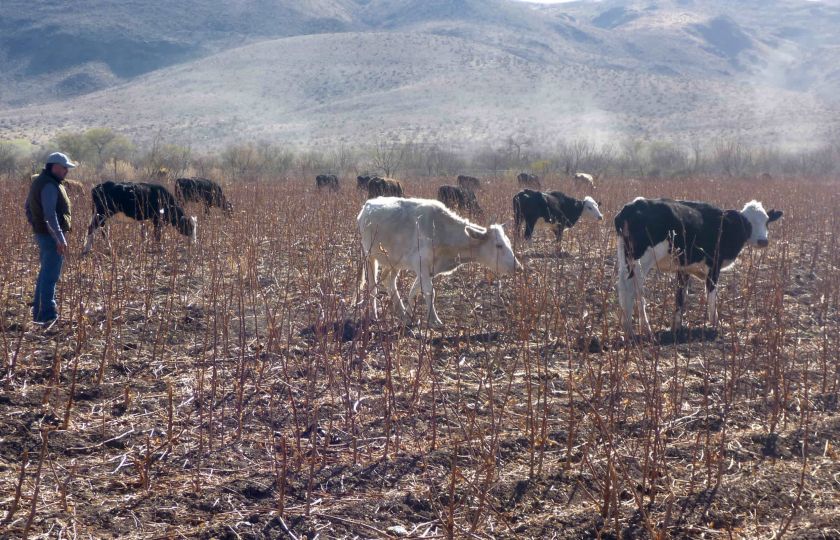Thailand
From October 2015 to May 2016, Thailand experienced one of the worst droughts in over 10 years. In northern Thailand, the drought was the worst in 40 years. Most plantations were damaged from the lack of water and high temperature.
Water tanks
Due to the lack of water and the difficulty to find roughage, people put their livestock in a shelter located along the dried Ping River. Getting water for livestock in the evacuation shelter was very difficult. Livestock owners couldn't transport drinking water from water sources to emergency shelters, as it was a 20- to 40-kilometer trip.
We provided 40 1,000-litre tanks to 30 evacuation shelters in Doi-tao district, the most affected area, where people heavily rely on livestock. These tanks could fit into a vehicle, which allowed livestock owners to transport water, and saved them time and money long-term.
UMMB machines
Urea Molasses Mineral Blocks (UMMB) are lick blocks containing urea, molasses, vitamins, minerals and other multi-nutrients. These blocks are efficient and inexpensive, and provide a range of nutrients required by both the rumen stomach microbes and the animals, which may be deficient in their diet.
In the risk reduction phase of this project, 20 UMMB machines were provided to eight of the most vulnerable districts in Chiang Mai. The disaster assessment and response team (DART) also coordinated with the Thai Department of Livestock and Development (DLD) to provide officers with training, so they could use them at the emergency shelters.
The newly-designed UMMB block compression machines were created using locally-sourced parts, including pieces of steel, PVC tubes, wood blocks and car jacks.
After trial and adjustments, the machines were distributed in sets of two (one for the trainer and one for the trainee). They were taken to eight of the most vulnerable districts in Chiang Mai Province. Two machines remain and are being stored in at the DLD.
The training was scheduled after the summer break so students could participate and share what they learned with their families. During the training, discussions about further adjustments and development of the machine, as well as techniques of how to use the machine took place.
This discussion was a good indicator that the method is being adopted, and helped show that the method is sustainable.

Obstacles
The remoteness of the affected area created some transport difficulties.
The water tanks were imported from Japan, and some of them previously contained other substances. We had to ensure the tanks did not contain any dangerous substances.
Lessons learnt
This method can be replicated by:
- considering the best way to transport water for the population of the affected region.
- training local authorities. UMMB machines can be built with local materials.
- integrating communities and community leaders, to come together to build solutions.






